#jacob jacobsz de wet ii
Photo
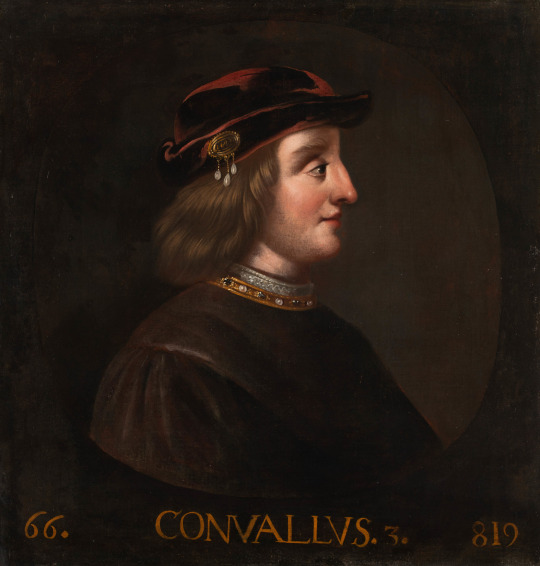
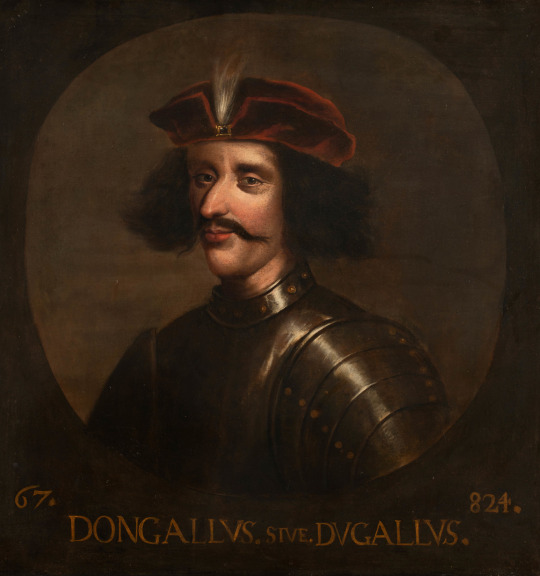
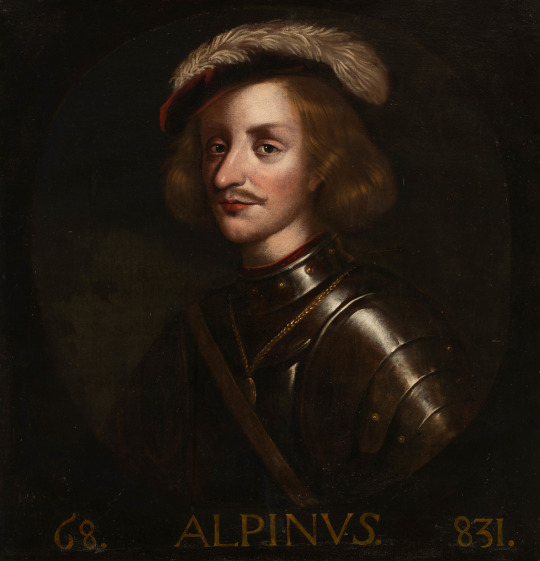
Legendary Kings of Scotland by James de Witt.
66: Congallus III or Convallus II (Conall Crandomna). He was king of Dál Riata (modern western Scotland) from about 650 until 660.
The Senchus fer n-Alban (an Old Irish medieval text) makes him a son of Eochaid Buide and thus a member of the Cenél nGabráin. He was co-ruler with Dúnchad mac Conaing until 654, after which he was apparently sole ruler.
His sons Máel Dúin mac Conaill and Domnall Donn may have been kings of Dál Riata.
His death in 659 or 660 is reported by the Annals of Ulster.
67: Dongallus (Domangart mac Domnaill). It is not clear whether he was king of Dál Riata or king of the Cenél nGabráin (the Cenél nGabráin was a kingroup, presumed to descend from Gabrán mac Domangairt, which dominated the kingship of Dál Riata until the late 7th century and continued to provide kings thereafter.)
68: Alpinus (Alpín mac Echdach). Cináed and Alpín are the names of Pictish kings in the 8th century: the brothers Ciniod and Elphin who ruled from 763 to 780.
Weir states that Alpín succeeded his father Eochaid IV as King 'of Scotland' (Dál Riata), and also became King of Kintyre in March/August 834, thus establishing his power over a wide area of Scotland.
Alpín died on 20 July or in August 834 when he was either killed whilst fighting the Picts in Galloway or beheaded after the battle. His place of burial is not recorded. He was succeeded by his son Kenneth MacAlpin.
#Conall Crandomna#dongallus#domangart mac domnaill#alpinus#alpin mac echdach#legendary kings of scotland#george buchanan#jacob jacobsz de wet ii#list of scottish kings#list of monarchs#rerum scoticarum historia#scottish history#de iure regni apus scotos#Chronicle of the Kings of Dál Riata#kings of dál riata#kingdom of dalriada#kings of the picts#scottish dna
6 notes
·
View notes
Text
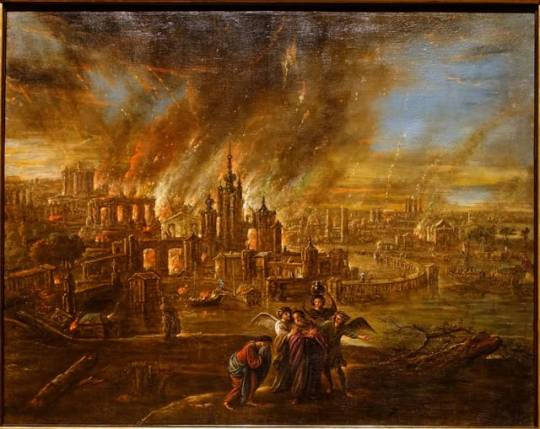
'Sodom and Gomorrah afire'. Jacob Jacobsz de Wet II. c. 1680.
107 notes
·
View notes
Photo
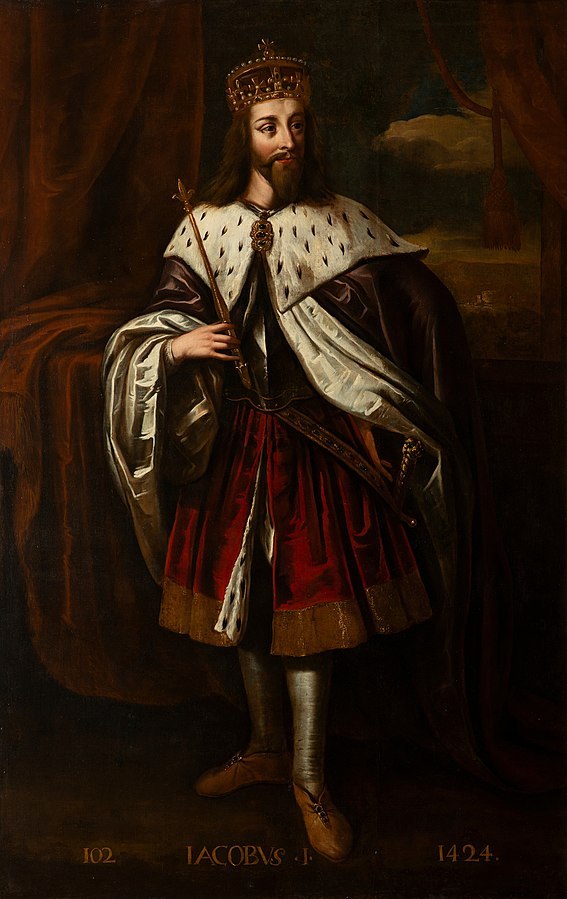
File:Jacob Jacobsz de Wet II - James I, King of Scotland (1394-1437) - 1684-6
James I (late July 1394 – 21 February 1437) was King of Scotland from 1406 to 1437. The youngest of three sons, he was born in Dunfermline Abbey to King Robert III and his wife Annabella Drummond. His older brother David, Duke of Rothesay, died under suspicious circumstances while being detained by their uncle, Robert, Duke of Albany. His other brother, Robert, died young. Fears for James's safety grew through the winter of 1405/6 and plans were made to send him to France. In February 1406, James was forced to take refuge in the castle of the Bass Rock in the Firth of Forth after his escort was attacked by supporters of Archibald, 4th Earl of Douglas. He remained there until mid-March when he boarded a vessel bound for France. On 22 March English pirates captured the ship and delivered the prince to Henry IV of England. The ailing Robert III died on 4 April and the 11-year-old James, now the uncrowned King of Scotland, would not regain his freedom for another eighteen years.
James was educated well at the English Court where he developed respect for English methods of governance and for Henry V. The Scottish king, apparently willingly, joined Henry in his military campaign in France during 1420 – 1421. His cousin, Murdoch Stewart, Albany's son, who had been an English prisoner since 1402, was traded for Henry Percy, 2nd Earl of Northumberland, in 1416. James had married Joan Beaufort, daughter of the Earl of Somerset, in February 1424 just before his release in April. The King's re-entry into Scottish affairs was not altogether popular since he had fought on behalf of Henry V in France and at times against Scottish forces. Noble families were now faced with paying increased taxes to cover the ransom repayments but would also have to provide family hostages as security. James, who excelled in sporting activities and appreciated literature and music, also held a strong desire to impose law and order on his subjects although he applied it selectively at times.
To secure his position, James launched pre-emptive attacks on some of his nobles beginning in 1425 with his close kinsmen, the Albany Stewarts, resulting in the execution of Duke Murdoch and his sons. In 1428 James detained Alexander, Lord of the Isles, while attending a parliament in Inverness. Archibald, 5th Earl of Douglas, was arrested in 1431, followed by George, Earl of March, in 1434. The plight of the ransom hostages held in England was ignored and the repayment money was diverted into the construction of Linlithgow Palace and other grandiose schemes. In August 1436, James failed in his siege of the English-held Roxburgh Castle and then faced an ineffective attempt by Sir Robert Graham to arrest him at a general council. James was assassinated at Perth on the night of 20/21 February 1437 in a failed coup by his uncle Walter Stewart, Earl of Atholl. Queen Joan, although wounded, managed to evade the attackers and reached her son, now King James II, in Edinburgh Castle.
Jacob Jacobsz de Wet II (1641, Haarlem – 1697, Amsterdam), also known as James de Witt, was a Dutch Golden Age painter known for a series of 110 portraits of Scottish monarchs, many of them mythical, produced for the Palace of Holyroodhouse, Edinburgh during the reign of Charles II.
31 notes
·
View notes
Text
22 works, PORTRAIT OF A LADY, Mary, Queen of Scots, beheaded February 8th, 1587, with Footnotes. #185
22 works, PORTRAIT OF A LADY, Mary, Queen of Scots, beheaded February 8th, 1587, with Footnotes. #185
Jacob Jacobsz de Wet II (1641, Haarlem – 1697, Amsterdam)Mary, Queen of Scots (1542-87), c. 1684-86Number 107 in the series. Inscribed MARIA STEWARTVS. 1543Oil on canvas214.0 x 137.0 cmThe Royal Collection Trust
Mary, Queen of Scots (8 December 1542–8 February 1587), also known as Mary Stuart, was Queen of Scotland from 14 December 1542 until her forced abdication in 1567.
The only surviving…

View On WordPress
#Art#Artists#Biography#Colorful#Feminine#Fine Art#footnotes#History#Lescot#Mary#Painting#PORTRAIT OF A LADY#Queen of Scots#Shirreff#Woman#Zaidan
0 notes
Photo

A portrait of Mary, Queen of Scots, which was part of a whole series of portraits of Scottish Monarchs that was commissioned by her grandson, Charles II.
Source
#mary queen of scots#mary stuart#house of stuart#charles ii#Jacob Jacobsz de Wet II#long live the queue
215 notes
·
View notes
Photo

Legendary Kings of Scotland:
65: Achaius (Eochaid mac Áeda Find).
Eochaid mac Áeda Find is a supposed King of Dál Riata found in some rare High Medieval king-lists and in older history books.
Supposedly a son of Áed Find (died 778) and successor to Áed's brother Fergus mac Echdach.
Also supposed to have concluded a treaty with the Emperor Charlemagne.
#kingdom of scotland#kingdom of dalriada#jacob jacobsz de wet ii#james de witt#full-length portrait#george buchanan#full length portrait#legendary kings of scotland#scottish dna#achaius#eochaid mac áeda find#list of scottish kings#rerum scoticarum historia#de iure regni apus scotos#kings of dál riata#Chronicle of the Kings of Dál Riata#kings of the picts
5 notes
·
View notes
Photo
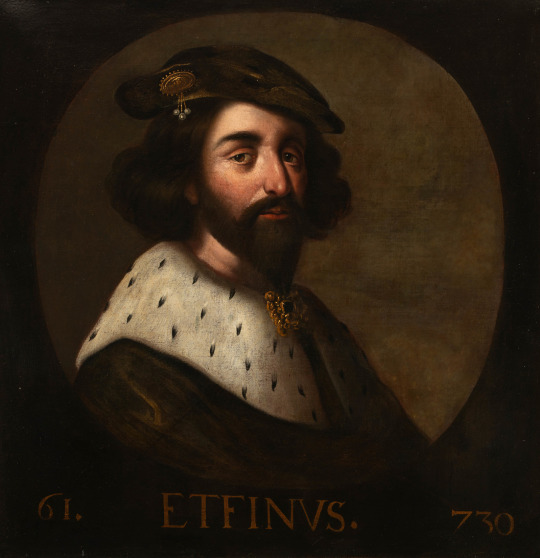


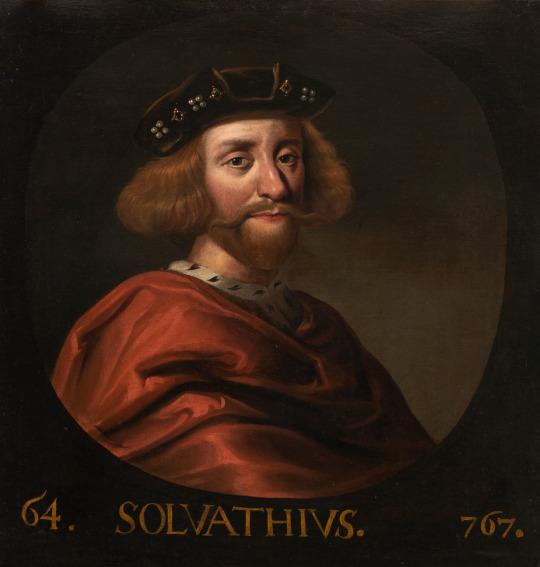
Legendary Kings of Scotland (by Jacob Jacobsz de Wet II):
61: Etfinus. Áed Find (Áed the White), or Áed mac Echdach (before 736–778), was king of Dál Riata (modern western Scotland and County Antrim, Ireland). Áed was the son of Eochaid mac Echdach, a descendant of Domnall Brecc in the main line of Cenél nGabráin kings.
According to later genealogies, Áed was the great-grandfather of Kenneth MacAlpin (Cináed mac Ailpín) who is traditionally counted as the first king of Scots. This descent ran through Áed's son Eochaid mac Áeda Find and Eochaid's son Alpín mac Echdach. The evidence for the existence of Eochaid and Alpín is uncompelling.
62: Eugene VIII (Eógan mac Muiredaig).
63: Fergus III (Fergus mac Echdach; 778-781). He succeeded Áed Find. He is stated to have been a son of Eochaid mac Echdach, and thus a brother of Áed.
64: Solvathius (Selbach mac Ferchair). He (died 730) was king of the Cenél Loairn and of Dál Riata. Selbach's existence is well-attested as he is mentioned repeatedly in Irish annals.
#Áed Find#Chronicle of the Kings of Dál Riata#Eógan mac Muiredaig#eugene viii#Fergus mac Echdach#fergus iii#Selbach mac Ferchair#solvathius#george buchanan#list of scottish kings#rerum scoticarum historia#de iure regni apus scotos#kings of dál riata#kingdom of dalriada#kings of the picts#kingdom of scotland#scottish dna#jacob jacobsz de wet ii#james de witt
4 notes
·
View notes
Photo
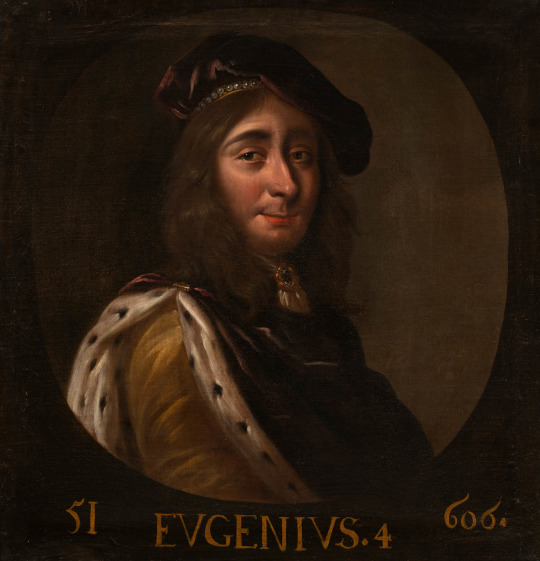
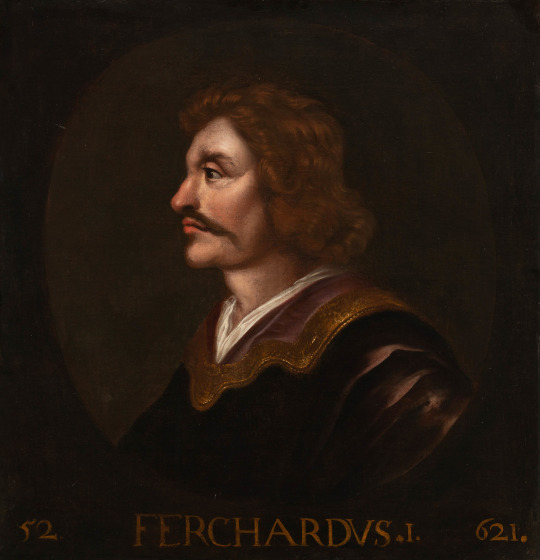
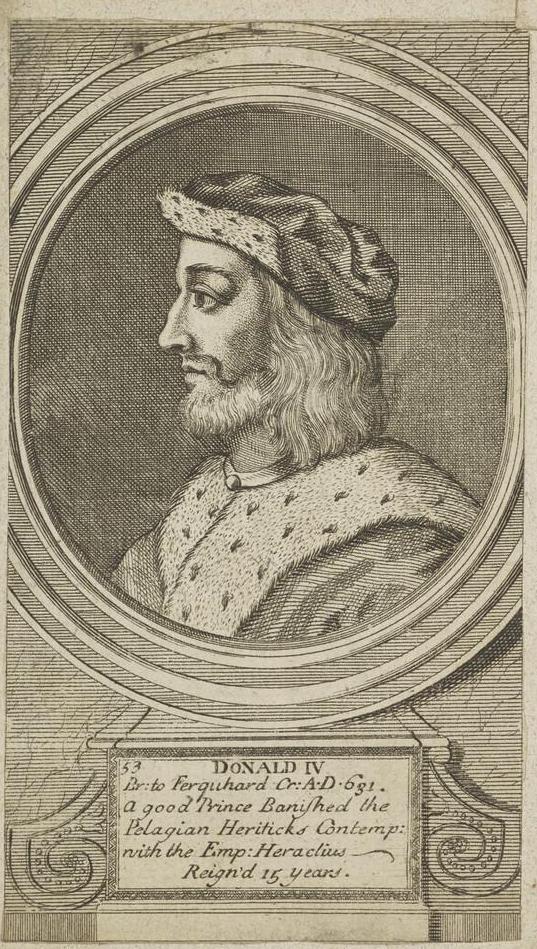
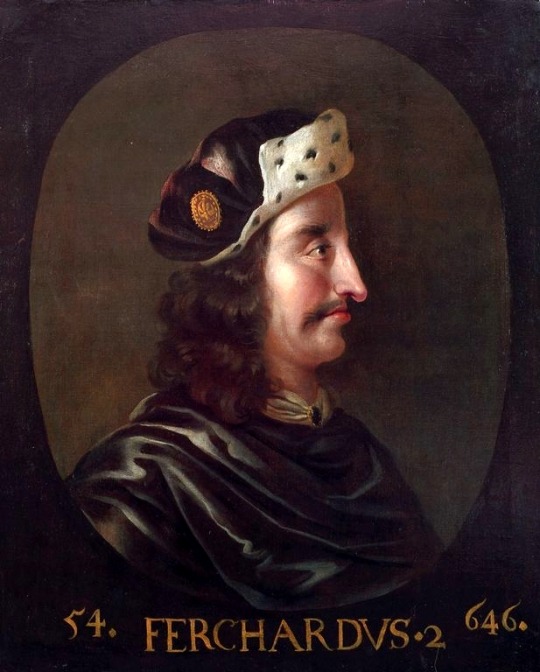
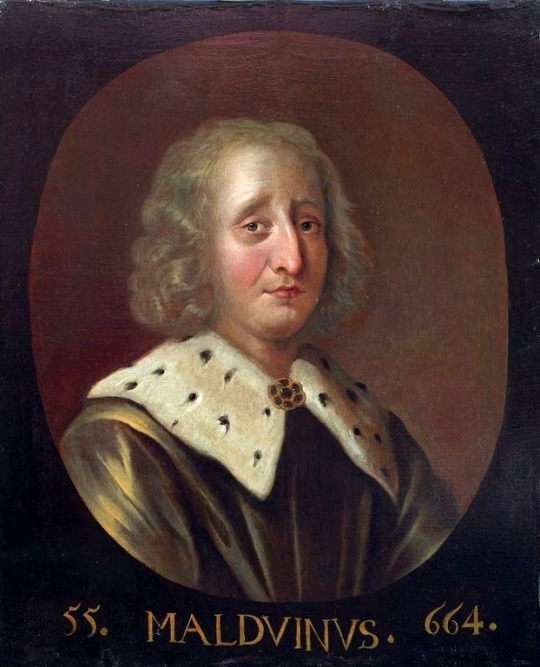
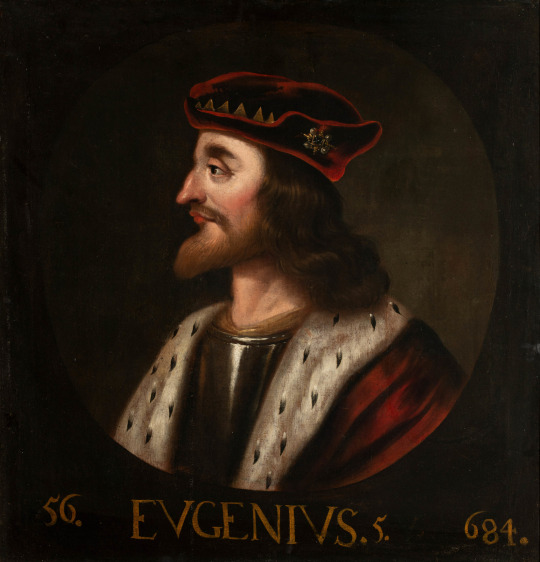



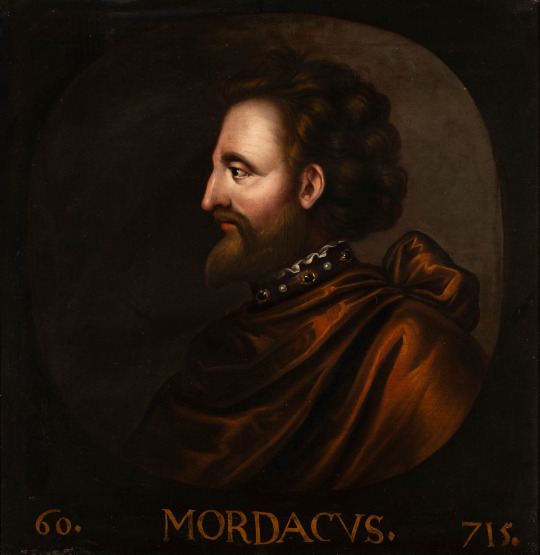
Legendary Kings of Scotland.
51. Eugenius IV (Eochaid Buide, King of Dál Riata from around 608 until 629).
52. Fearchair I (Ferchar mac Connaid, King of Dál Riata from about 642 until 650).
53. Donaldus IV (Domnall Brecc or Donald the Freckled, King of Dál Riata, from about 629 until 642).
54. Ferchardus II (Ferchar Fota or Ferchar the Tall, probably King of the Cenél Loairn of Dál Riata, and perhaps of all Dál Riata)
55. Maldvinus.
56. Eugenius V.
57. Eugenius VI.
58. Amberkelethus (Ainbcellach mac Ferchair, King of the Cenél Loairn of Dál Riata, and perhaps of all Dál Riata, from 697 until 698, when he was deposed and exiled to Ireland).
59. Eugenius VII (Likely duplicates Eugenius VI; King of Dál Riata from 726 until 733).
60. Mordacus (Muiredach mac Ainbcellaig), King of the Cenél Loairn, and of Dál Riata, from about 733 until 736.
#kingdom of scotland#list of scottish kings#list of monarchs of scotland#rerum scoticarum historia#kingdom of dalriada#kings of scotland#kings of dalriada#scottish dna#eugenius iv#eugenius v#eugenius vi#eugenius vii#ferchardus ii#maldvinus#amberkelethus#mordacus#donaldus iv#king donald#jacob jacobsz de wet ii#richard cooper#george buchanan#list of monarchs
10 notes
·
View notes
Photo
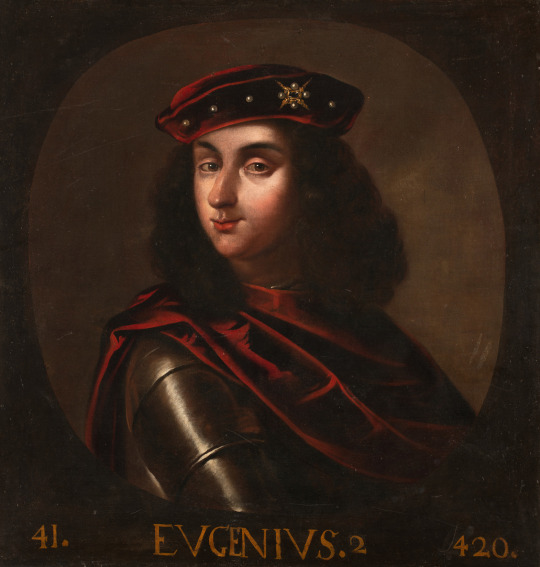
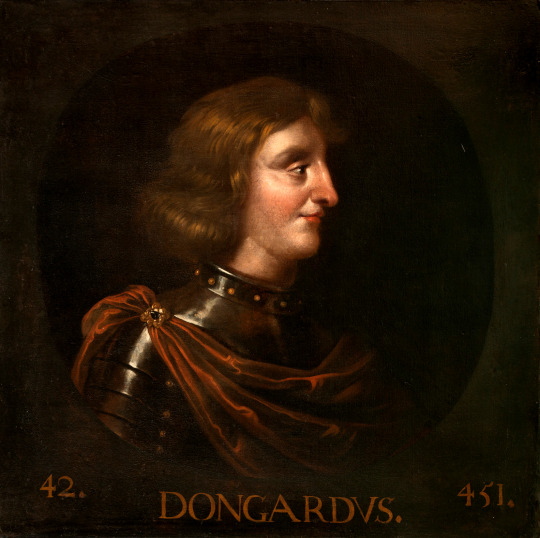

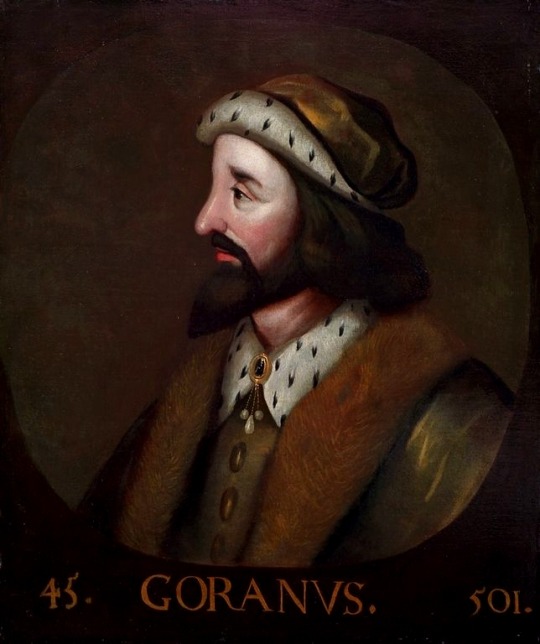
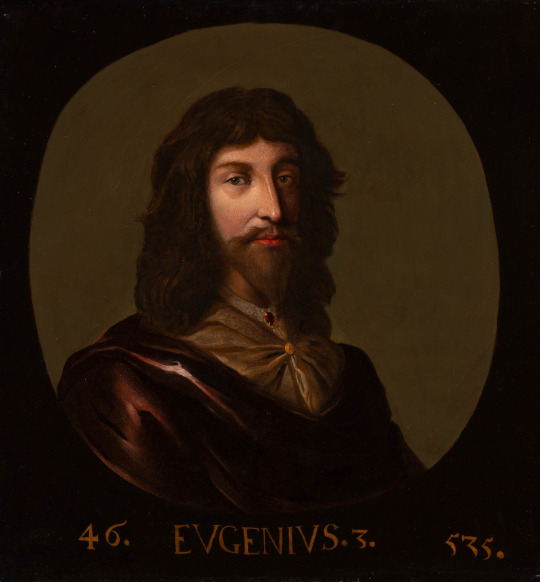

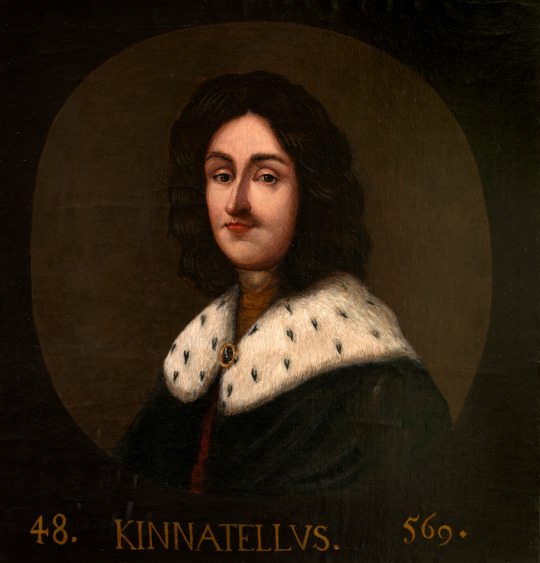
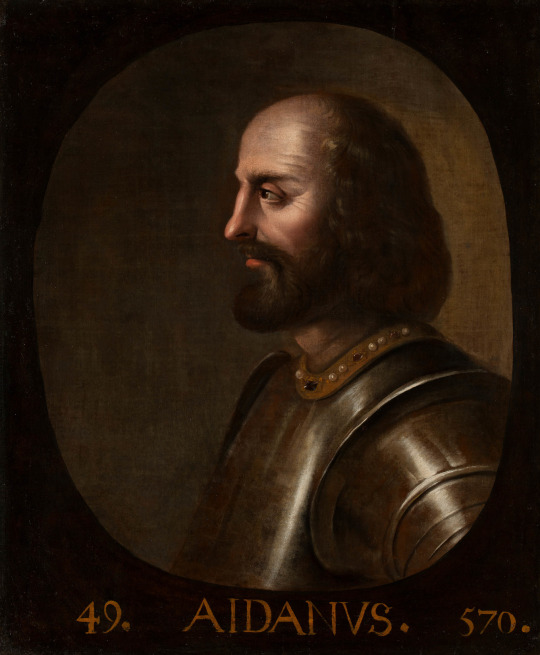

List of Monarchs: Legendary kings of Scotland. By Jacob Jacobsz de Wet II.
41. Eugenius II.
42. Dongardus (Domangart Réti, King of Dál Riata; 501-507).
44. Congallus I (Comgall mac Domangairt, King of Dál Riata).
45. Goranus (Gabrán mac Domangairt or Gabrán the Traitor, King of Dál Riata and Ulaid -Ireland-).
46. Eugenius III (Owain mab Urien was the son of Urien, king of Rheged. The historical figure of Owain became incorporated into the Arthurian cycle of legends where he is also known as Ywain. In his legendary guise he is the main character in Chrétien de Troyes's Yvain, the Knight of the Lion and the Welsh Romance Owain, or the Lady of the Fountain, which corresponds to Chrétien's poem.)
47. Congallus II (Conall mac Comgaill, King of Dál Riata from about 558 until 574).
48. Kinnatellus.
49. Aidanus (Áedán mac Gabráin, King of Dál Riata from c. 574 until c. 609 AD. The kingdom of Dál Riata was situated in modern Argyll and Bute, Scotland, and parts of County Antrim, Ireland).
50. Kennethus I (Kenneth I Keir; Connad Cerr or Connad the Left-handed, King of Dál Riata).
#Jacob Jacobsz de Wet II#gwran wradouc#list of monarchs of scotland#eugenius ii#dongardus#domangart réti#congallus i#comgall mac domangairt#goranus#gabran mac domangairt#gabran the traitor#kingdom of ulaid#kings of ireland#kingdom of ireland#king of ulaid#eugenius iii#owain mab urien#arthurian literature#ywain#arthurian cycle#congallus ii#conall mac comgaill#kingdom of scotland#george buchanan#kingdom of dalriada#rerum scoticarum historia#kennethus i#kenneth i keir#connad cerr#connad the left handed
10 notes
·
View notes
Photo

Fergus II, King of Scotland (404-20) by Jacob Jacobsz de Wet II.
Fergus Mór mac Eirc was a legendary king of Dál Riata.
While his historicity may be debatable, his posthumous importance as the founder of Scotland in the national myth of Medieval and Renaissance Scotland is not in doubt. Rulers of Scotland from Cináed mac Ailpín until the present time claim descent from Fergus Mór.
#Jacob Jacobsz de Wet II#fergus II#fergus the great#fergus mór#kingdom of scotland#full length portrait#scottish dna#list of scottish kings#rerum scoticarum historia#dál riata#kings of dál riata#gaelic kingdom#kingdom of ireland#irish kings#kingdom of alba#king of scotland#clan fergusson#full-length portrait
8 notes
·
View notes
Photo

Findocus, King of Scotland (258-69) by Jacob Jacobsz de Wet II.
#Jacob Jacobsz de Wet II#kingdom of scotland#george buchanan#list of scottish kings#rerum scoticarum historia#king of scotland
5 notes
·
View notes
Photo
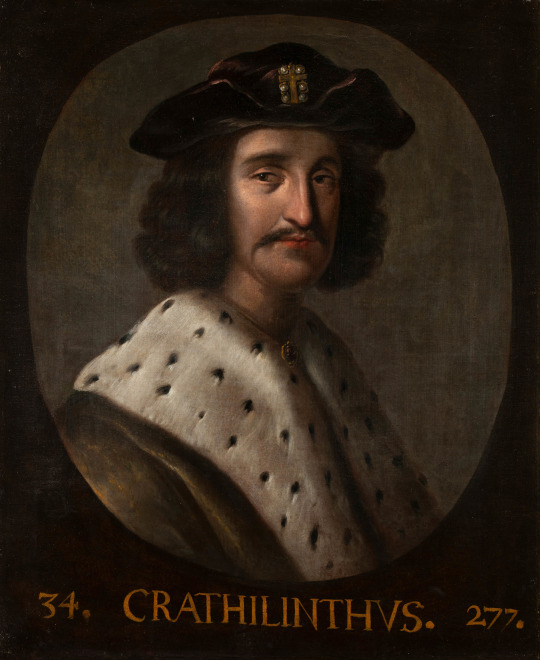

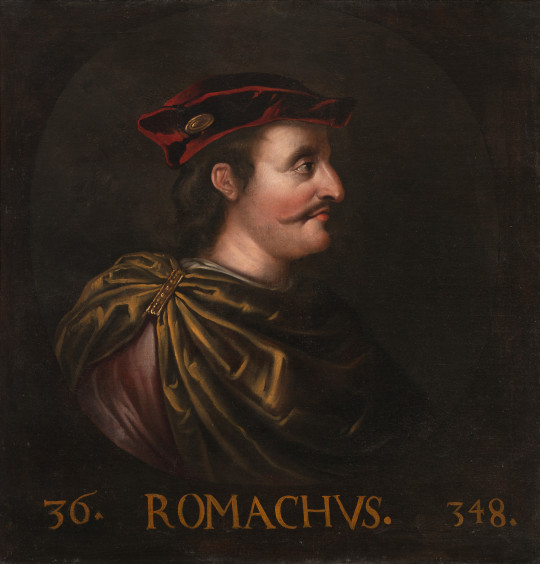

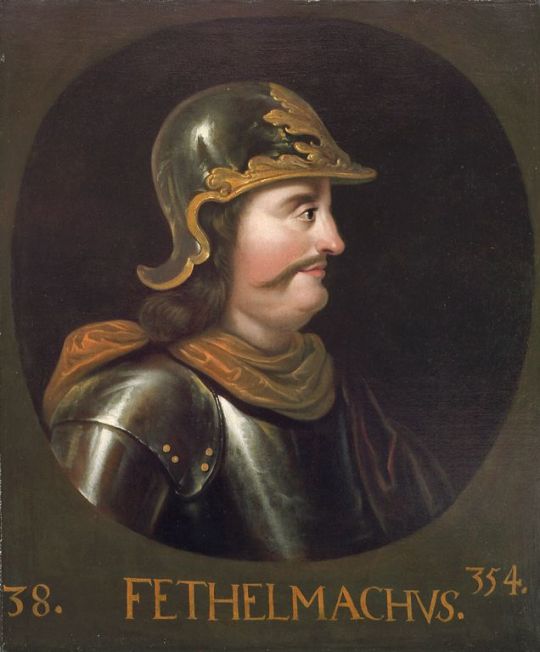

34. Crathilinthus, King of Scotland (282-306).
35. Fincormacus, King of Scotland (304-51).
36. Romachus, King of Scotland (351-4).
37. Angus, King of Scotland (354-7).
38. Fethelmachus, King of Scotland (357-60).
39. Eugenius I, King of Scotland (360-404).
#Jacob Jacobsz de Wet II#kingdom of scotland#scottish dna#king of scotland#list of monarchs#list of scottish kings#rerum scoticarum historia#george buchanan
4 notes
·
View notes
Photo
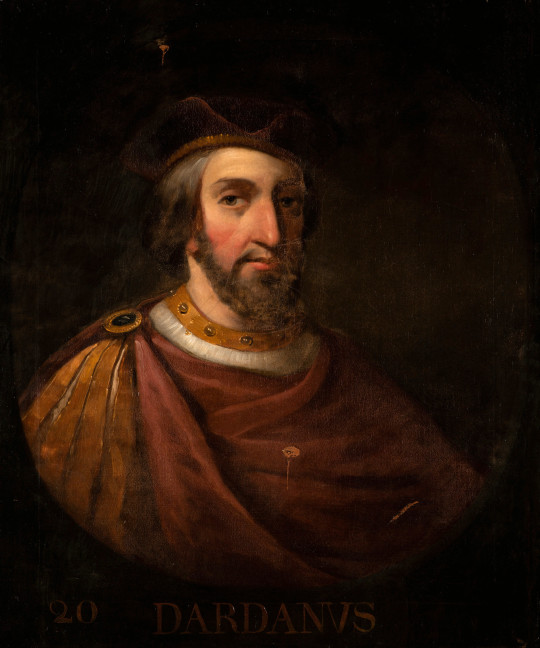
Dardanus, King of Scotland (72-6). By Jacob de Wet II.
#jacob jacobsz de wet ii#kingdom of scotland#rerum scoticarum historia#george buchanan#list of scottish kings#king of scotland#scottish dna
3 notes
·
View notes
Photo
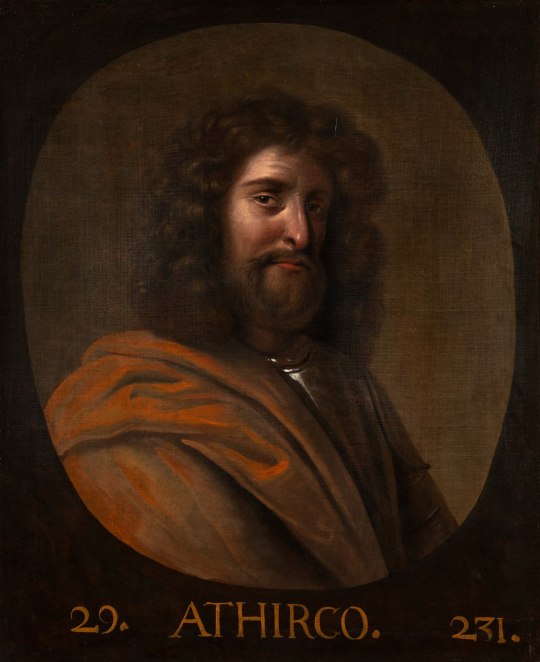
Athirco, King of Scotland (235-47) by Jacob Jacobsz de Wet II.
#jacob jacobsz de wet ii#kingdom of scotland#scottish dna#scottish kings#athirco#king of scotland#george buchanan#list of scottish kings#rerum scoticarum historia#kings of dál riata#kingdom of dalriada#kings of the picts
4 notes
·
View notes
Photo

Donald III, King of Scotland (270-82). Jacob Jacobsz de Wet II.
#Jacob Jacobsz de Wet II#kingdom of scotland#king of scotland#scottish dna#list of scottish kings#george buchanan#rerum scoticarum historia
4 notes
·
View notes
Photo
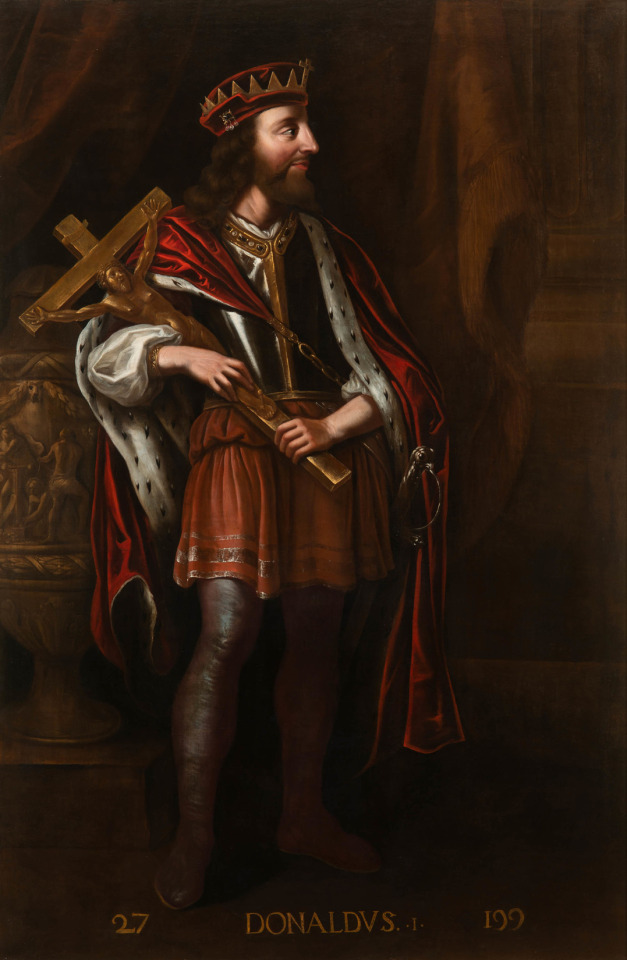
Donald I, King of Scotland (201-19) by Jacob Jacobsz de Wet II.
Boece makes him the first Christian king.
#Jacob Jacobsz de Wet II#king donald#king donald I#king of scotland#kingdom of scotland#george buchanan#rerum scoticarum historia#list of scottish kings#Legendary kings of Scotland
9 notes
·
View notes